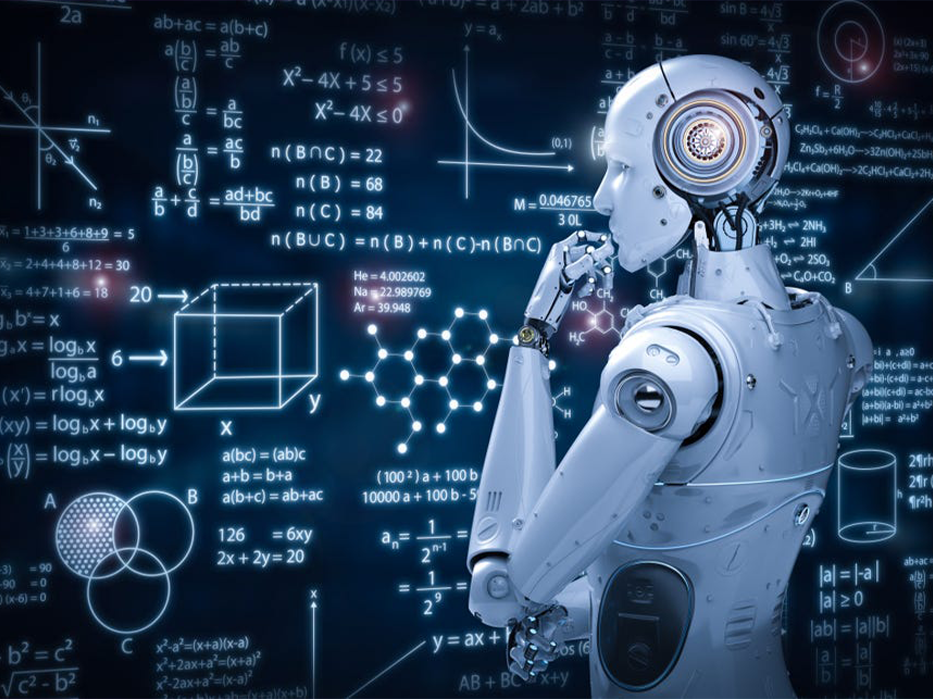The concept of the Metaverse has gained significant attention, especially with the growing interest in virtual and augmented reality, blockchain technologies, and digital experiences. The term “Metaverse” refers to a collective virtual shared space, created by the convergence of virtually enhanced physical reality and physically persistent virtual spaces. It encompasses a range of technologies that allow users to interact in a virtual environment, from social platforms to gaming and beyond.
1. The Evolution of the Metaverse
- Origins: The Metaverse concept was first popularized by Neal Stephenson in his 1992 science fiction novel Snow Crash. It described a virtual reality space where people interact as avatars.
- Current State: Today, the Metaverse is more than a concept; it’s a growing reality. Companies like Meta (formerly Facebook), Roblox, and Epic Games are leading the charge, creating platforms where millions of users interact daily in virtual worlds.
- Future Potential: The Metaverse is expected to evolve into a fully immersive, interconnected virtual world, potentially changing how people live, work, and socialize.
2. Technologies Driving the Metaverse
- Virtual Reality (VR) and Augmented Reality (AR): These technologies are foundational, offering users immersive experiences. VR creates entirely digital environments, while AR overlays digital information onto the physical world.
- Blockchain and NFTs: Blockchain provides the infrastructure for digital ownership and decentralized transactions within the Metaverse. Non-Fungible Tokens (NFTs) allow users to own unique digital assets, from virtual real estate to digital art.
- Artificial Intelligence (AI): AI powers the creation of responsive and intelligent virtual environments, including AI-driven avatars and environments that adapt to user interactions.
- 5G and Edge Computing: These technologies enable real-time data processing and low-latency interactions, crucial for a seamless Metaverse experience.
3. Implications for IT Infrastructure
- Scalability: The Metaverse will demand massive scalability in IT infrastructure. Organizations must prepare for the exponential increase in data processing and storage requirements.
- Security: As the Metaverse becomes a hub for social and economic activity, cybersecurity becomes paramount. Protecting digital identities, assets, and transactions from cyber threats will be a significant challenge.
- Interoperability: For the Metaverse to succeed, different virtual worlds and platforms must be able to interact seamlessly. This will require standardized protocols and collaborative efforts across the IT industry.
- Workforce Development: The demand for skilled professionals who can manage and develop Metaverse-related technologies will rise. This includes expertise in VR/AR development, blockchain, AI, and cybersecurity.
4. Impact on Businesses and Society
- New Business Models: The Metaverse will enable new business models, including virtual real estate, digital goods, and services. Companies will need to innovate to capitalize on these opportunities.
- Remote Work and Collaboration: The Metaverse could revolutionize remote work by offering virtual offices where employees can interact in a more immersive way than traditional video conferencing allows.
- Social Interaction: The Metaverse has the potential to reshape how people socialize, with virtual gatherings, events, and even social networks within digital spaces.
- Ethical Considerations: As the Metaverse grows, it raises questions about privacy, digital rights, and the potential for addiction to virtual environments.
5. The Road Ahead
- Investment and Innovation: Companies must invest in the necessary technologies and innovation to stay competitive in the Metaverse era. This includes not only technological investments but also exploring new markets and consumer behaviors.
- Regulation and Governance: As the Metaverse expands, regulatory bodies will need to address the unique challenges it presents, such as digital property rights and the governance of virtual economies.
- Sustainability: The energy demands of maintaining a vast, interconnected virtual world could be significant. IT leaders must consider sustainable practices to minimize the environmental impact.
Conclusion
The Metaverse represents a new frontier in the digital world, blending physical and virtual realities in unprecedented ways. For IT professionals, this means preparing for a shift in how infrastructure is built, managed, and secured. As the Metaverse evolves, so too will the opportunities and challenges it presents, making it a critical area of focus for the future of technology and business.





